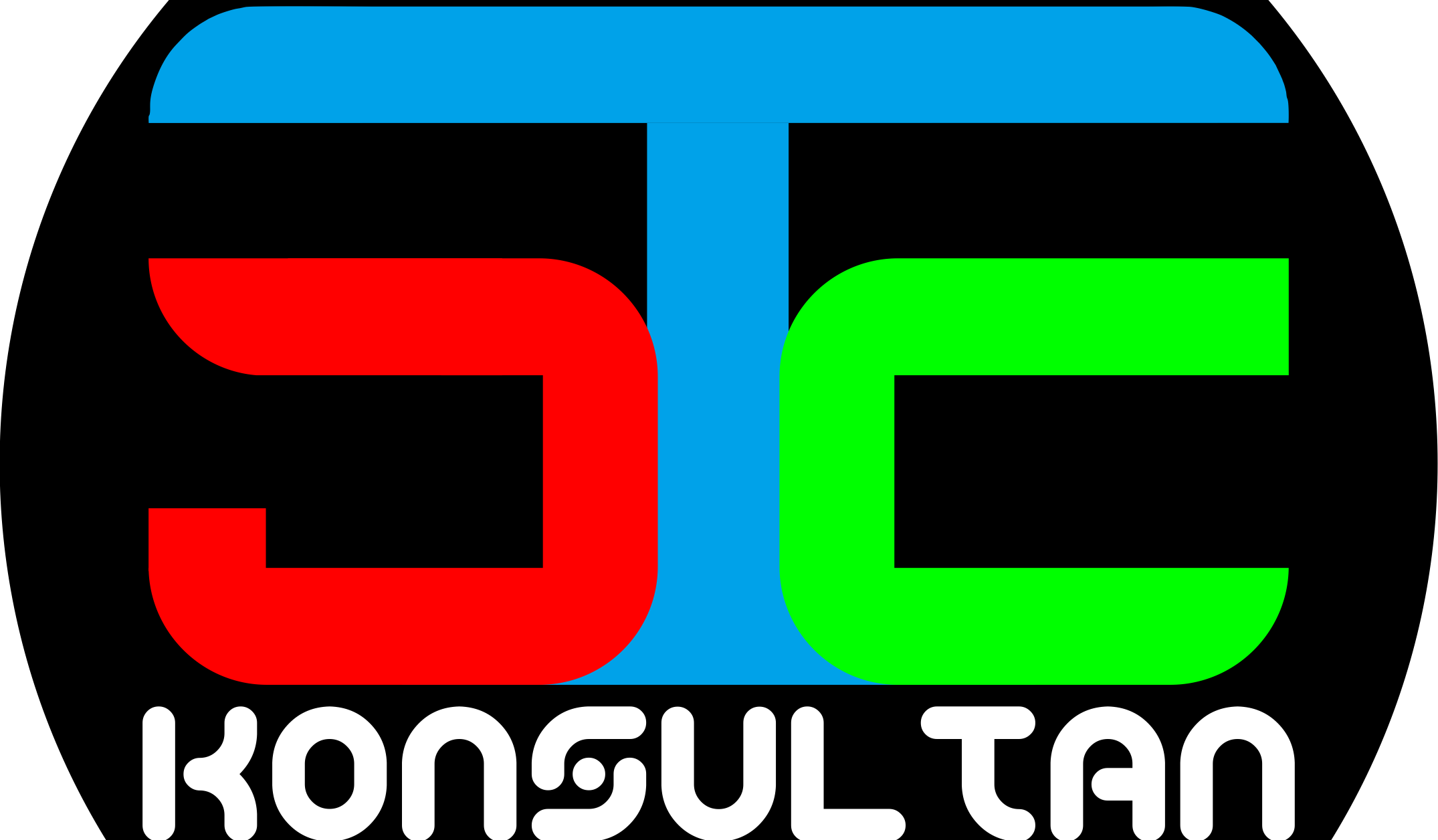
Pilihan Kota Training di Surabaya, Bandung, Yogyakarta, Jakarta, Malang, Balikpapan, Bali, Lombok, Batam, Semarang, Solo, Medan, Padang, Manado dan kota lainnya
Jadwal Training 8-10 Juni 2016 di BANDUNG
This training course is designed for:
• This course is suitable for procurement; warehouse and supply chain practitioners, commercial management and inventory managers, who are looking to obtain leading edge inventory efficiencies and competitive edge for both themselves and their organisation.
Course objectives
• To appreciate the impact of supply chain and inventory upon the profitability of the organisation
• effectively record, manage and measure inventory costs
• apply category management thinking
• understand and apply: MRP, JIT, Kaizen, Kanban strategies
• harness data to: manage and influence demand curves, plan effective resource utilization and reduce cost
• effectively optimise resource planning and overall efficiency
• establish effective inventory management controls
• implement and report on KPI performance
• appreciate the importance of audit trails and transparency
• apply risk management techniques to supply chain and inventory management
• take away specific action plans to further develop their role and organisational benefit
Training Course Content
This Advanced Supply Chain Management course will cover:
Role and importance of supply chain
• Overview of supply chain functions within the organisation
• Supply chain structures and reporting
• The supply chain Compass – strategic assessment & improvement toolkit
• Engaging with stakeholders
Procurement – the gateway to the supply chain
• Defining the role and responsibilities of the procurement function
• Spend area analysis – strategic v tactical
• Whole life cost analysis
• Defining organisational standards for optimum efficiency within the supply chain – including bar-coding, RFID, pack size
• Supplier contract management – contracting with the supply chain in mind (full templates will be provided to enable delegates to measure and manage: contracts, service and quality levels, spend and volumetrics)
• Global standards
The strategic warehouse
• Defining the role and responsibilities of the warehouse function
• Utilizing the supply chain compass within the warehouse
• Space allocation and product driven category management strategies
• Inventory management strategies – including optimum stock levels, obsolete/slow moving stock
• Effective forecasting and planning
Strategic Logistics
• Defining the role and responsibilities of the logistics function
• Utilizing the supply chain compass within logistics
• Establishing optimized logistics – journey planning, use of technology
• Hub strategies
• Multi modal logistics – opportunities and challenges within shipping, road, air, rail
• Environmental management and contribution opportunities
Bringing it all together
• Full day of practical exercises – delegates will create and test a cohesive supply chain strategy optimized for maximum operational and cost efficiency plus safety and environmental compliance
• Action planning – delegates will create individual action plans based around both their area of responsibility and the overall goals of the organisation
Inventory classification and audit
• Effectively classifying inventory – strategic v tactical, rotation speed
• Aligning inventory classifications with organisational and stakeholder needs
• Ensuring accurate records of inventory
• The Inventory management roadmap – full end to end process map
• Establishing effective audit trails and processes
Effective forecasting and peak demand planning
• Effectively forecasting demand – utilizing supply chain data mining and category management approaches
• Peak demand planning – seasonalisation, moving average, exponential smoothing
• Influencing and controlling demand to maximize operational and financial resource efficiency
• Establishing process controls – including: min max, minimum order quantity, safety/buffer stock control
• Effective value judgement – cost benefit analysis of volume discount v internal cost/operational impact
Inventory cost reduction techniques
• Establishing strategic inventory cost reduction – step targeting + continuous improvement
• Implementing leading edge strategies – MRP, JIT, Kaizen, and Kanban
• Obsolete & surplus stock management – establishing data driven business cases
• Establishing key cost reduction enablers within the supply chain – pack sizing, identification criteria, process cost reduction
• Effectively managing inventory risk
Performance management
• Establishing key performance metrics – Operational, Financial, Compliance, and Environmental
• Effective KPI reporting
• Engaging staff colleagues in progress reporting – including cascading, visuals, team motivation
• The effective inventory specialist
• Delegate action planning – participants will create specific departmental and individual action plans to implement the learning outcomes from the course
PENYELENGGARAAN
• 8 – 10 Juni 2016
• Di Hotel Gino Feruci Kebon Jati Bandung
INVESTASI PELATIHAN
• Rp. 6.750.000,-/ Orang,
• Termasuk: Modul (materi), Flashdisk(softcopy materi), ATK Peserta, Tas(Backpack)/Bolpoint Parker, Sertifikat, Makan Siang(3x), Coffee Break, Instruktur yang berkualitas, Pre Test dan Post Test
• Harga belum termasuk pajak (apabila minta faktur pajak) dan penginapan peserta
